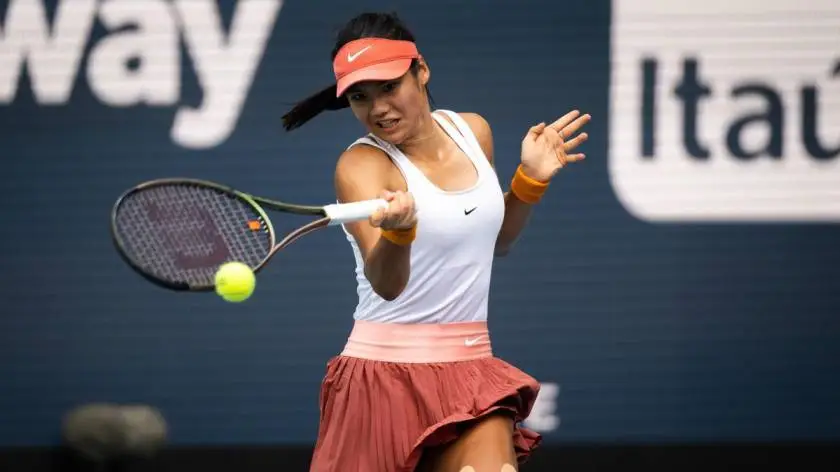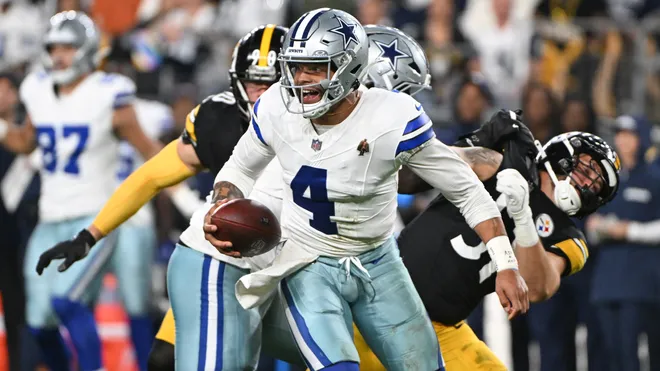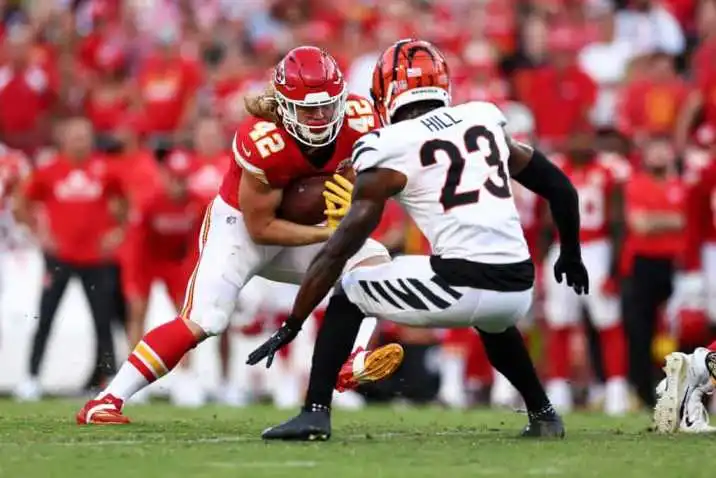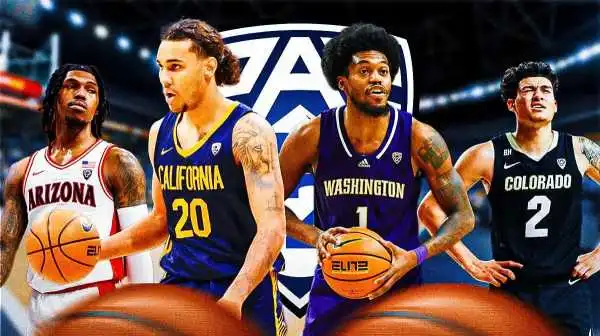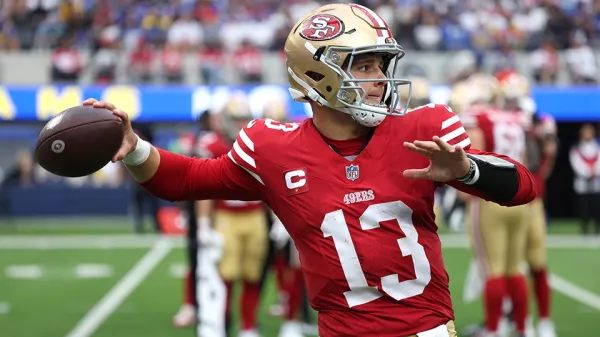
Running Backs, Drafted Late, Are Still Coveted in the N.F.L.
As the A.F.C.’s top seed last season, the Baltimore Ravens charged into the postseason as Super Bowl favorites with a 14-2 record built on a distinct run-first offensive mentality. The Ravens rushed the football 57.5 percent of the time, easily the league high.
But in their opening playoff game, the Ravens were upset at home by the Tennessee Titans, who trounced Baltimore at its own game by running the football more than twice as often as they passed it. The Titans did not advance to the Super Bowl, but the San Francisco 49ers did, running the ball on 42 of 50 plays against the Green Bay Packers in the N.F.C. championship game.
It may be a coincidence, but seven teams, most with already strong rushing attacks, selected a running back in the second or third round of last week’s N.F.L. draft. The defending Super Bowl champion Kansas City Chiefs, whose passing game is the envy of the N.F.L., nonetheless became the only team to use a first-round pick to take a running back, Clyde Edwards-Helaire.
In the modern N.F.L., offenses are built around throwing the football, a trend that is not likely to be reversed and one that has diminished the value of running backs. For the last several years, the second, third and fourth rounds of the draft have been where top college running backs are typically taken. In this year’s draft, however, there appeared to be something revealing about which teams were using a prized pick on a running back.
The Packers, for example, have a 1,000-yard rusher in Aaron Jones and also a capable backup in Jamaal Williams. That did not stop them from using their second pick in the draft on the bruising and proficient A.J. Dillon, who ran for 4,382 yards and 38 touchdowns at Boston College.
When Brian Gutekunst, the team’s general manager, was asked afterward why he went after another running back in a draft stacked with wide receiving talent, he gave an answer that may reverberate around the N.F.L.
“I think Matt certainly wants to run the ball,” Gutekunst said of his team’s coach, Matt LaFleur. “Matt really wants to tie everything to the run game and off the run game.”
That might be news to quarterback Aaron Rodgers. Last season’s Packers had something close to a 60:40 ratio of pass to run. Then again, everyone on the Packers sideline had a good view as the 49ers rushed for 285 yards in a 17-point trouncing of Green Bay in last season’s N.F.C. championship game.
None of this predicts an offensive, run-first revolution in the N.F.L., and second-round picks are hardly surefire starters.
But last season, LaFleur conceded on multiple occasions that game plans that featured more rushing attempts were abandoned sooner than he would have liked. A more versatile running back group might have prevented those outcomes, and Dillon is an unusual prospect. At the N.F.L. combine, he ran a 4.53 40-yard dash, which is speedy for a 247-pound back. Dillon had the top vertical jump (41 inches) and broad jump (131 inches) among running backs.
Speaking of LaFleur on Friday, Guteknust was emphatic: “He’d like to run the ball and have the pass work off of that.”
That may or may not be the future plan of more N.F.L. franchises next season. But at the very least, because of the pounding running backs routinely take, it is obvious that teams are realizing that an offense needs more than one front-line ball carrier to get through the season.
It explains why the Ravens, who had two 1,000-yard rushers last season in running back Mark Ingram and quarterback Lamar Jackson, still used a second-round pick on Ohio State running back J.K. Dobbins. Tennessee’s Derrick Henry led the N.F.L. in rushing with 1,540 yards. He is only 26 years old and averaged a league-high 102.7 rushing yards per game. The Titans still used a third-round selection on Appalachian State’s Darrynton Evans.
The Indianapolis Colts, who handed the ball to Marlon Mack 247 times last year and were rewarded with 1,091 rushing yards, took Wisconsin’s Jonathan Taylor with the ninth pick of the second round.
Colts Coach Frank Reich does not see Taylor supplanting Mack, who turned 24 last month, but he thinks the combination makes his team deeper and harder to defend.
“I envision that it’ll be Jonathan and Marlon being that one-two punch,” said Reich in a conference call after the draft. “When you look at good teams over the years — it’s a long season — and it’s a grind. When you run the ball as much as we run it, it’s really good to be able to change that up. I think their styles will really complement each other very well and make defenses have to adjust.”
Mack, meanwhile, longs for the day when running backs will be more appreciated.
“Running back is an important position,” Mack told reporters late last season. “I hope people can learn that one day.”

